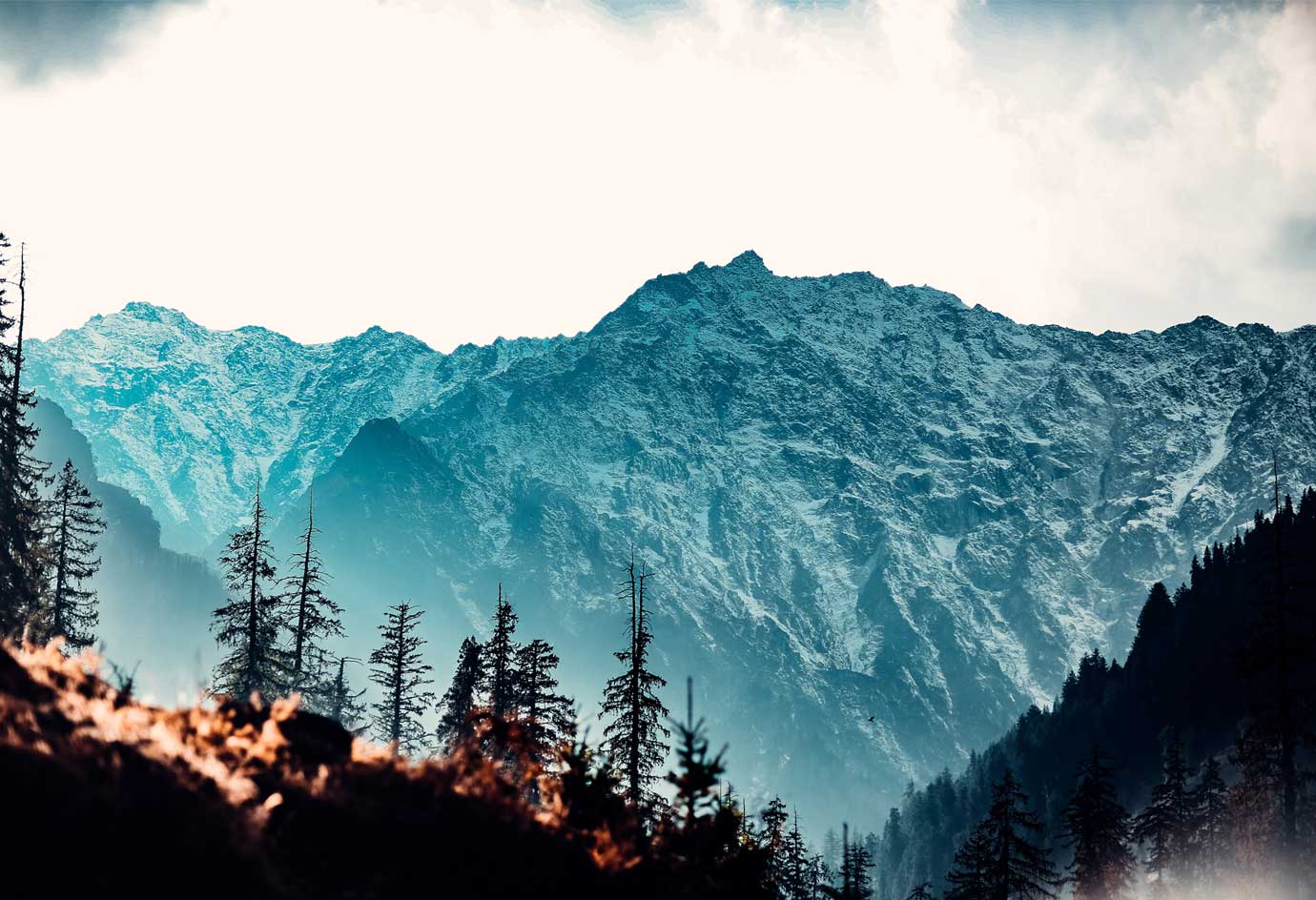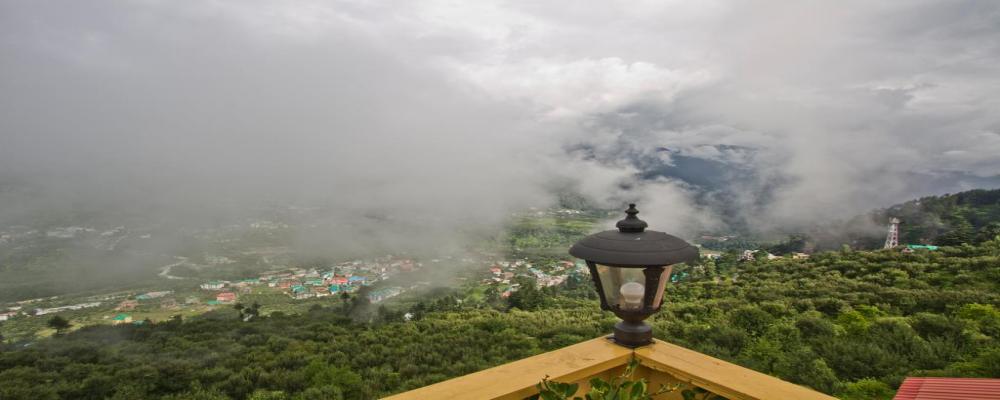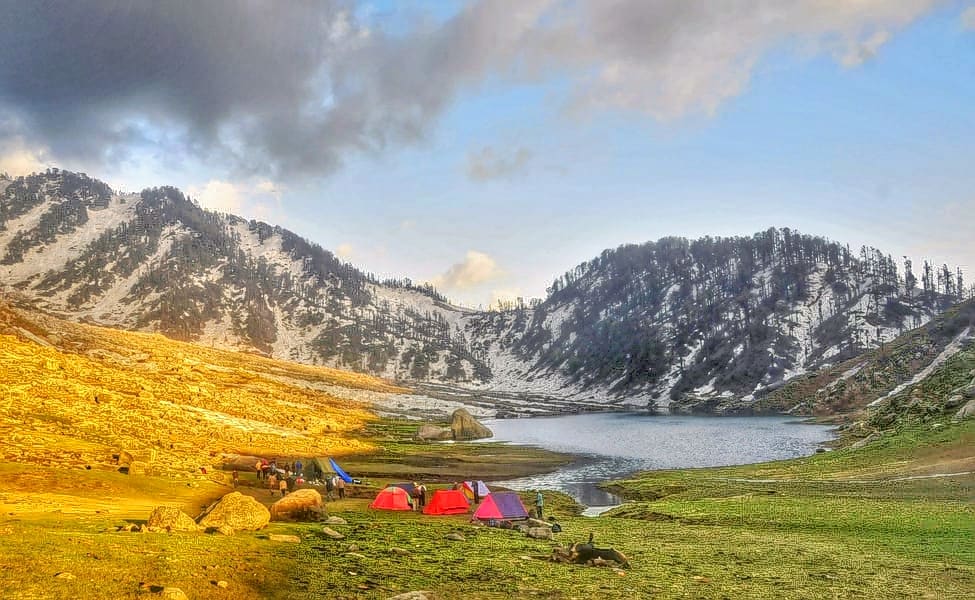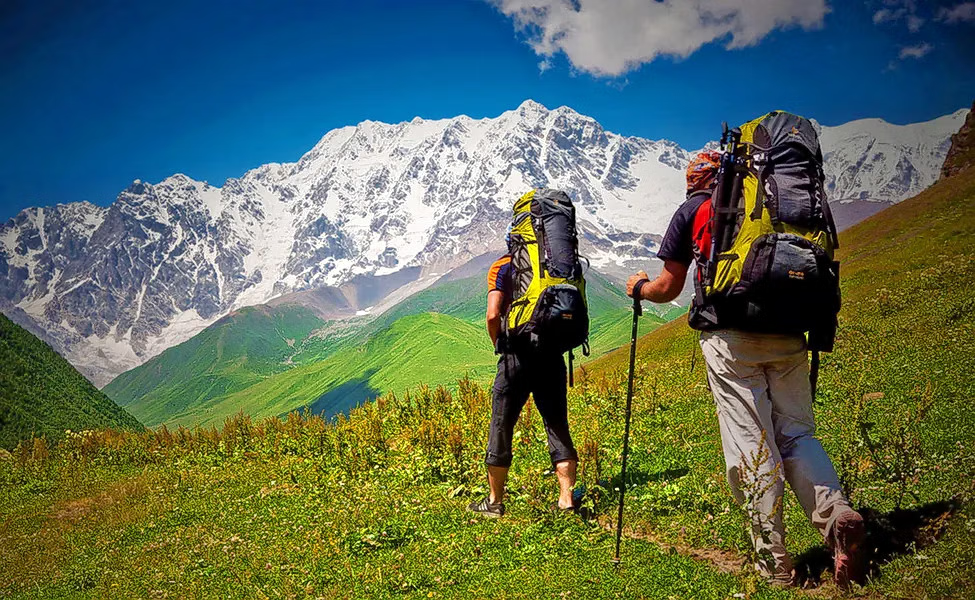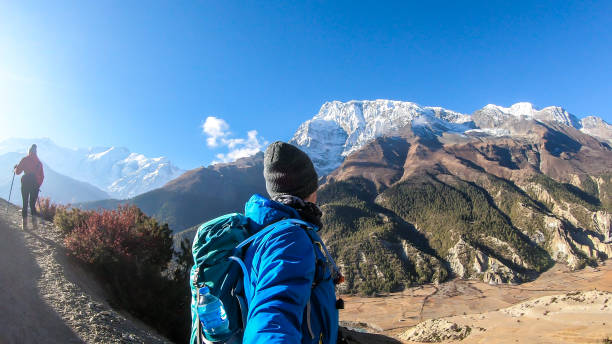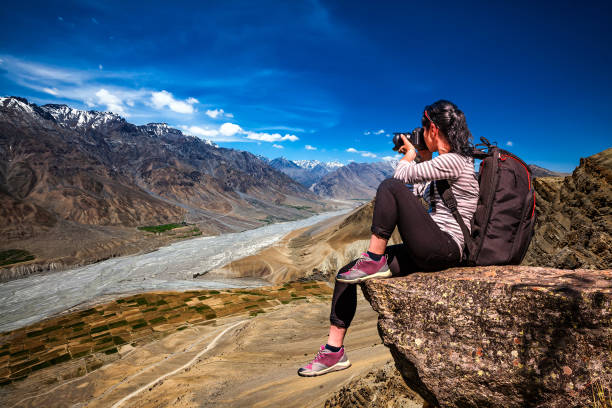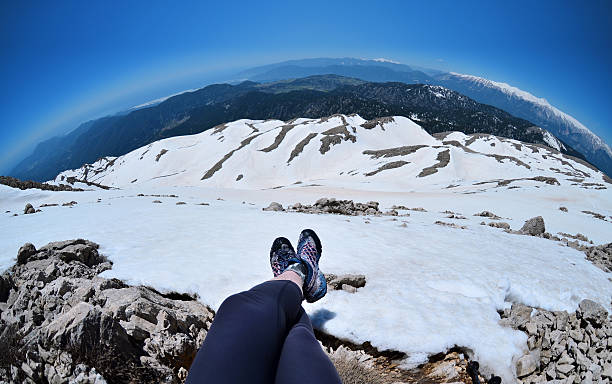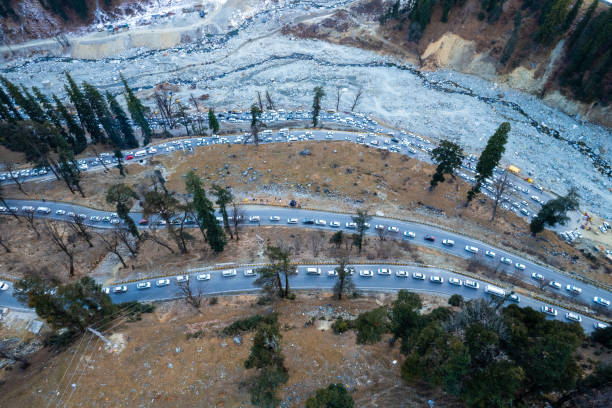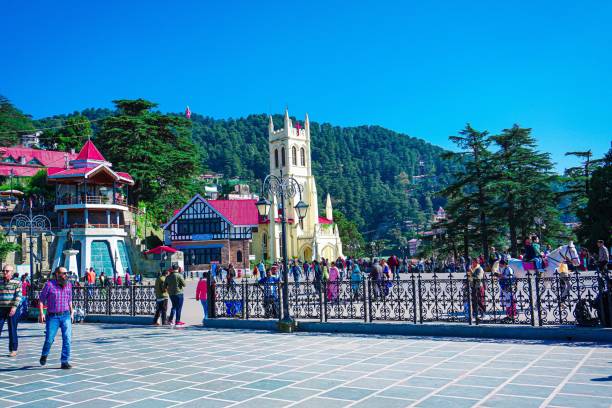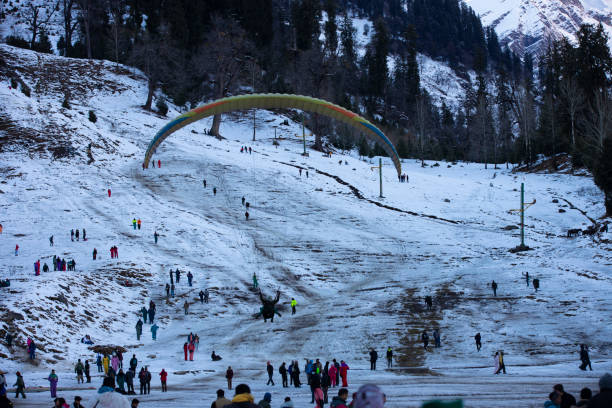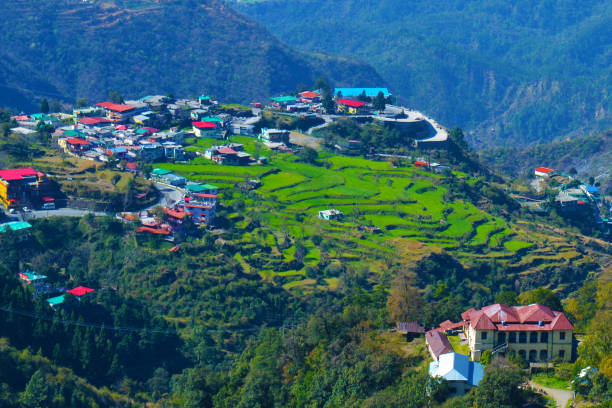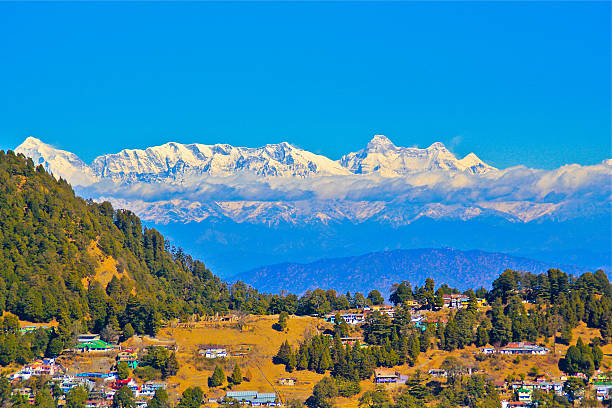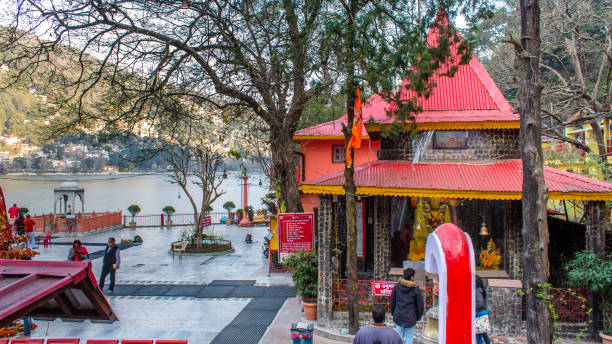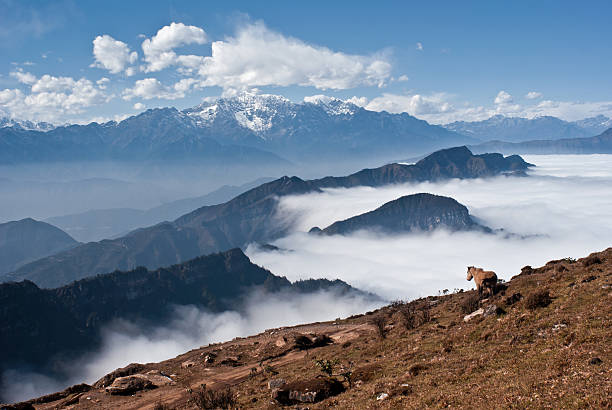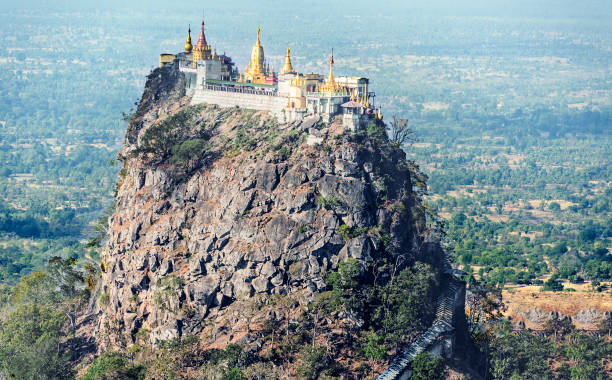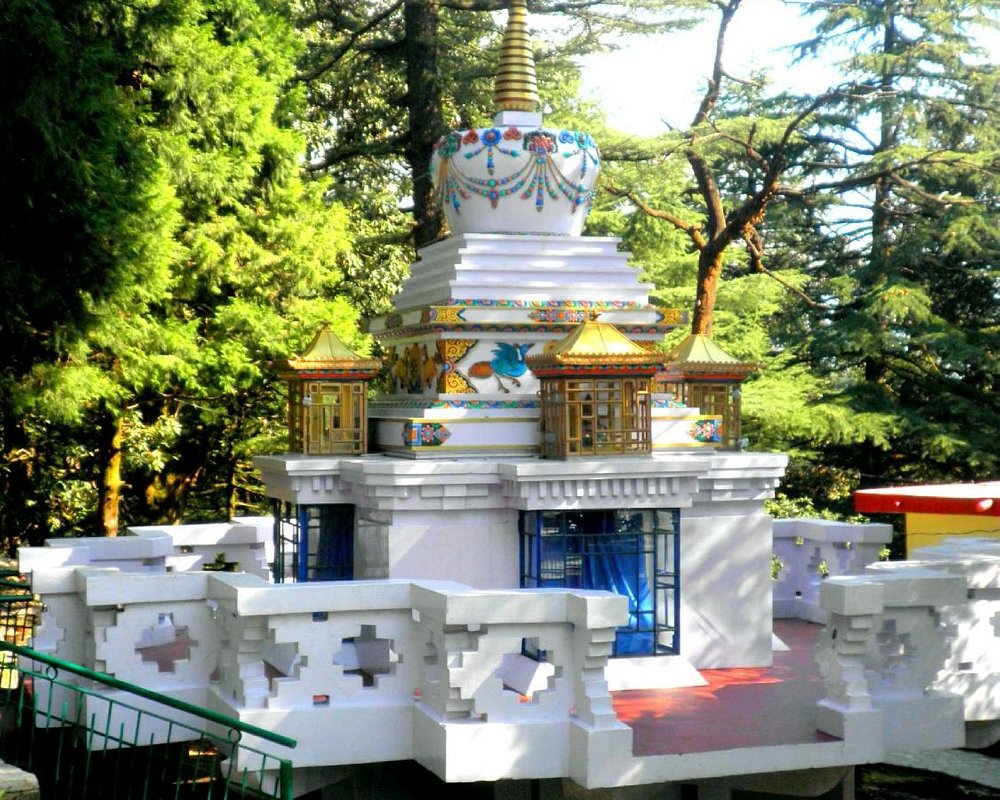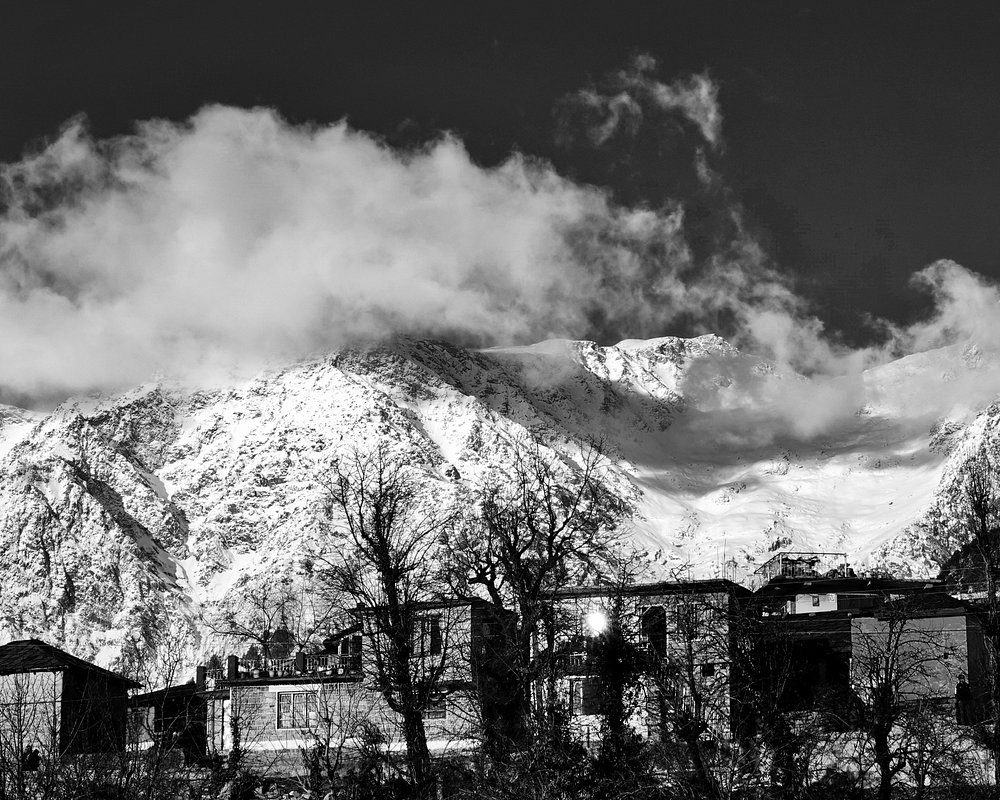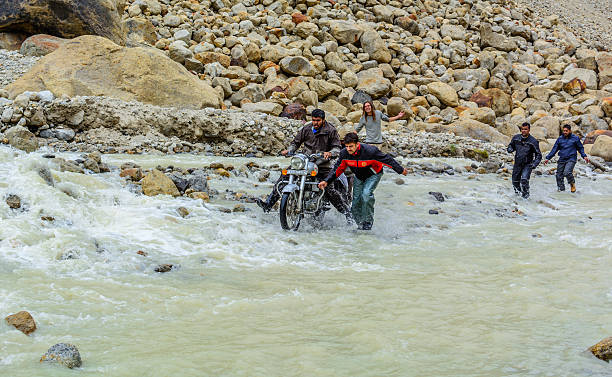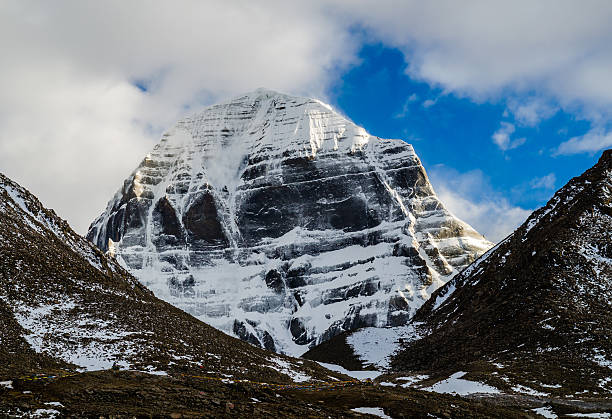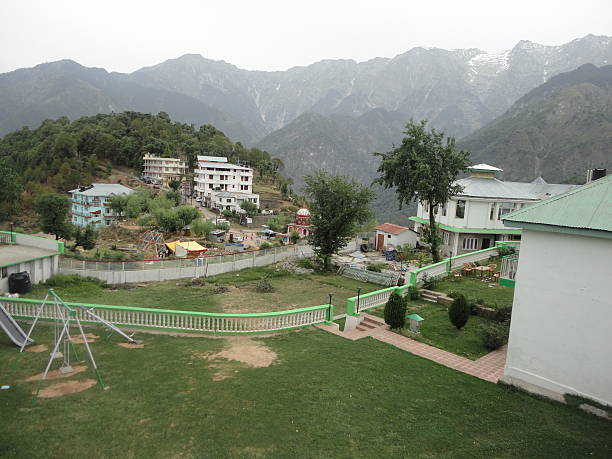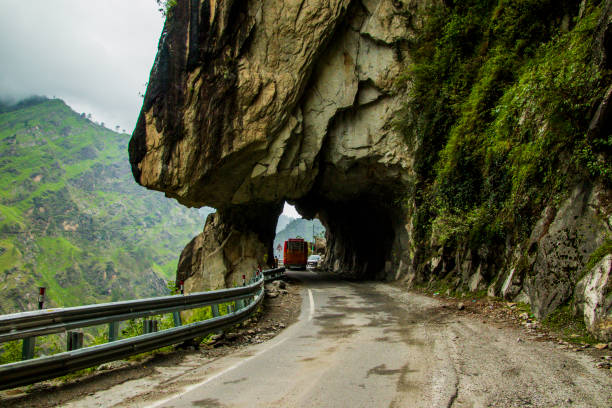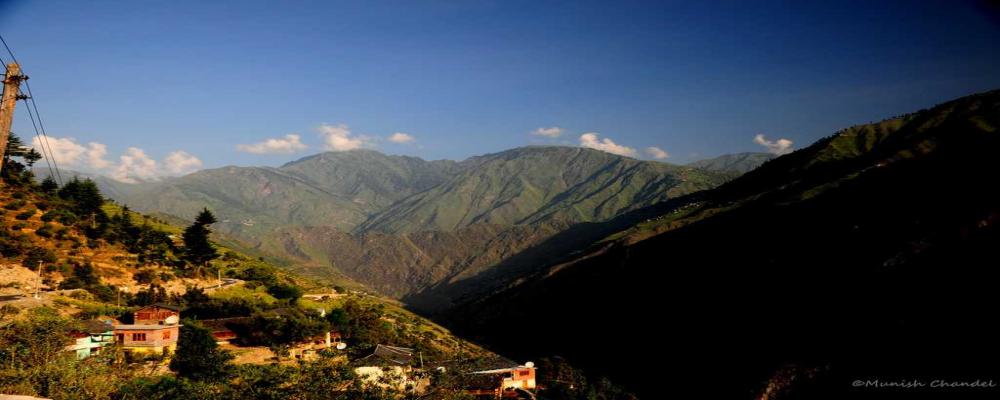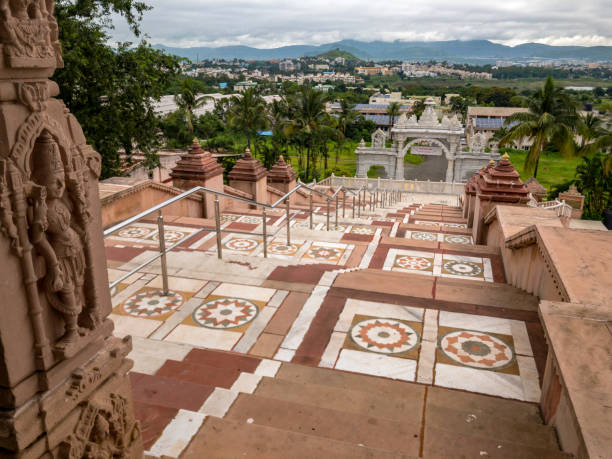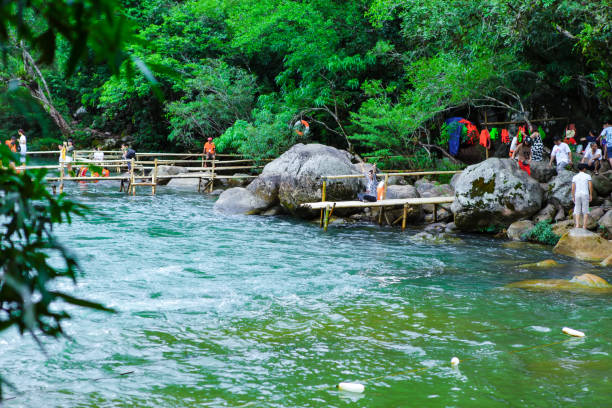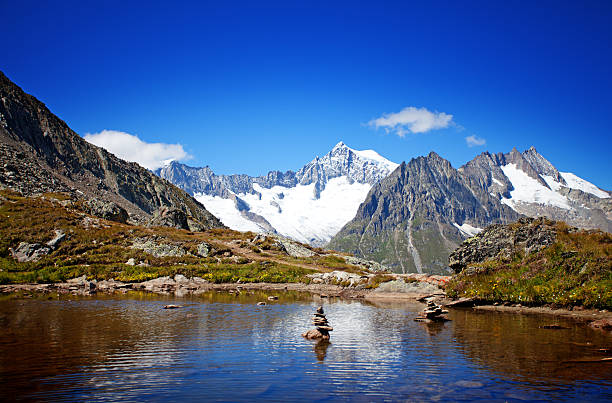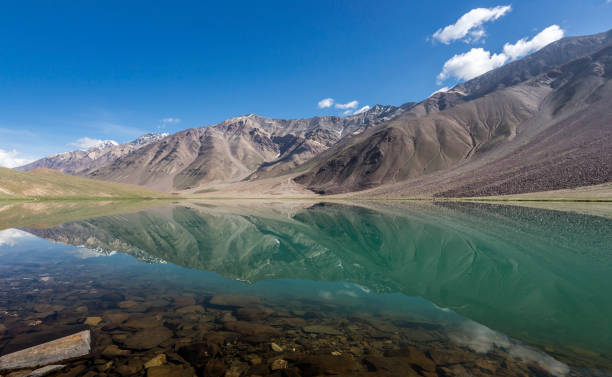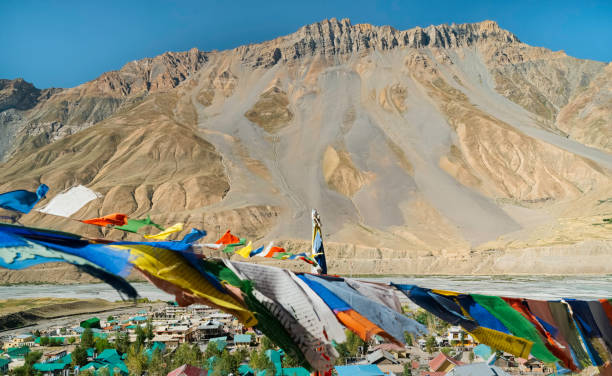Itinerary
Spiti Valley is a remote and stunningly beautiful region located in the northern Indian state of Himachal Pradesh. It is known for its rugged terrain, high mountains, deep gorges, and unique Tibetan culture. Here are some key highlights and information about Spiti Valley:
1. Location: Spiti Valley is situated in the Himalayas and is bordered by Tibet to the east. It is part of the larger Lahaul and Spiti district in Himachal Pradesh, India. The valley is surrounded by high mountain ranges, making it somewhat isolated and challenging to access.
2. Geography: The terrain in Spiti Valley is characterized by barren landscapes, towering peaks, deep valleys, and stark desert-like expanses. The Spiti River flows through the valley, providing a source of sustenance for the sparse population.
3. Altitude: Spiti Valley is known for its high altitude, with most areas ranging from 3,000 meters (9,800 feet) to over 4,000 meters (13,100 feet) above sea level. This high altitude makes it a popular destination for trekking and adventure tourism.
4. Culture: Spiti Valley is home to a predominantly Tibetan Buddhist population, and you can find numerous monasteries and Buddhist shrines scattered throughout the region. Key monasteries include Key Monastery and Tabo Monastery, which are not only places of worship but also centers of learning and culture.
5. Tourism: Spiti Valley has become increasingly popular among tourists seeking adventure, serenity, and a chance to experience a unique culture. Visitors are drawn to activities such as trekking, mountain biking, and wildlife spotting, as well as exploring the ancient monasteries and traditional villages.
6. Weather: Due to its high altitude, Spiti Valley experiences extreme weather conditions. Winters can be harsh, with heavy snowfall and temperatures well below freezing, making the region largely inaccessible during this time. Summers are milder, with comfortable daytime temperatures, but nights can still be quite cold.
7. Accessibility: Access to Spiti Valley is limited and can be challenging. The most common entry points are through Manali or Shimla, both of which require traveling through winding mountain roads. The road journey to Spiti is a significant part of the adventure and offers breathtaking views of the Himalayan landscape.
8. Permits: Non-Indians visiting Spiti Valley need to obtain a special permit due to its proximity to the international border. These permits are typically obtained through the local government authorities or tour operators.
9. Sustainability: As tourism in the area has grown, there has been a focus on responsible and sustainable tourism to protect the fragile environment and preserve the local culture.
Spiti Valley is a unique and remote destination that attracts travelers seeking an off-the-beaten-path experience in the Himalayas, with its stunning natural beauty, cultural richness, and opportunities for adventure and exploration.
Credit - Suneel


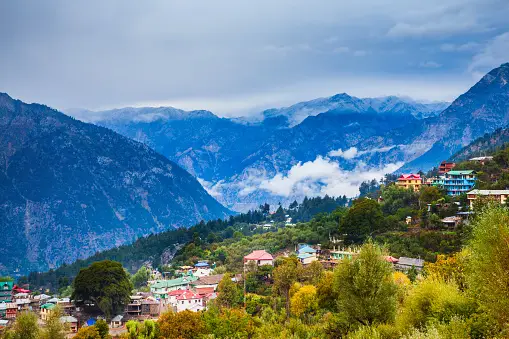
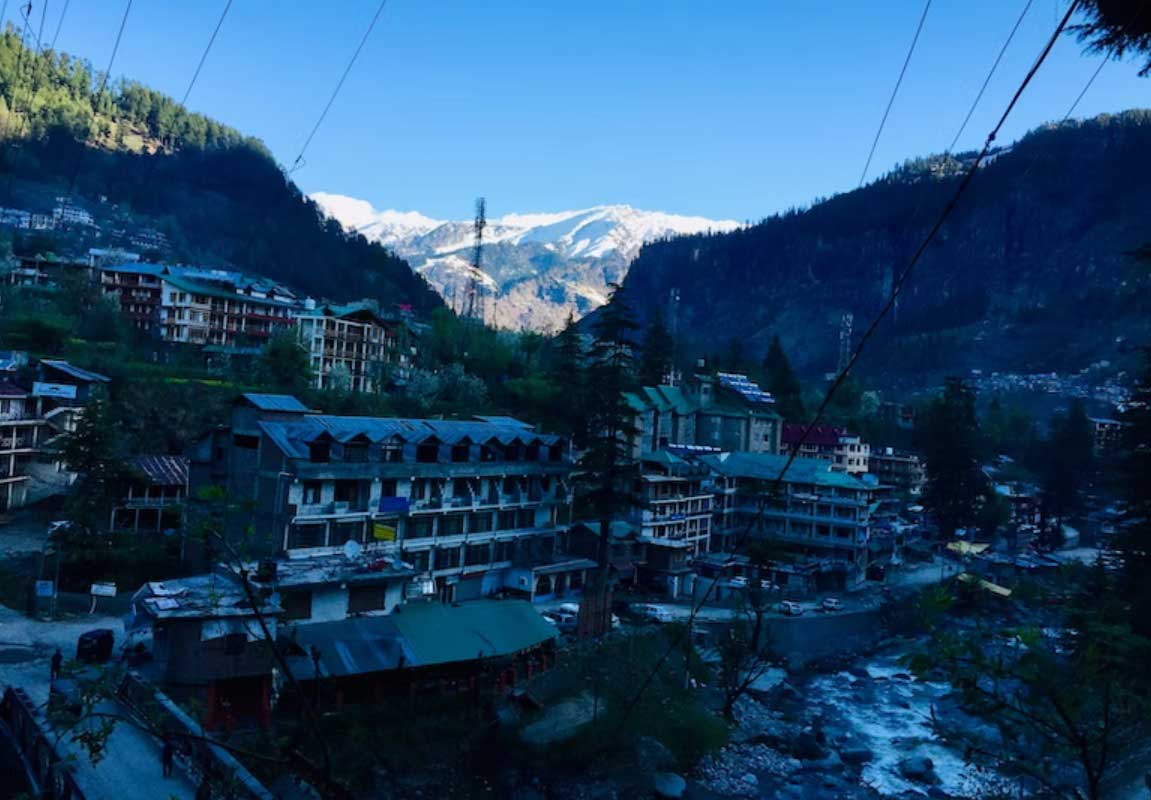
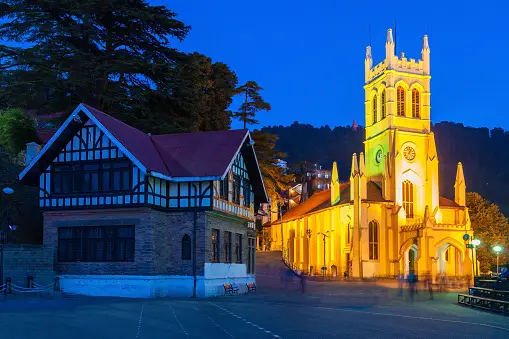
.jpg)
.jpg)
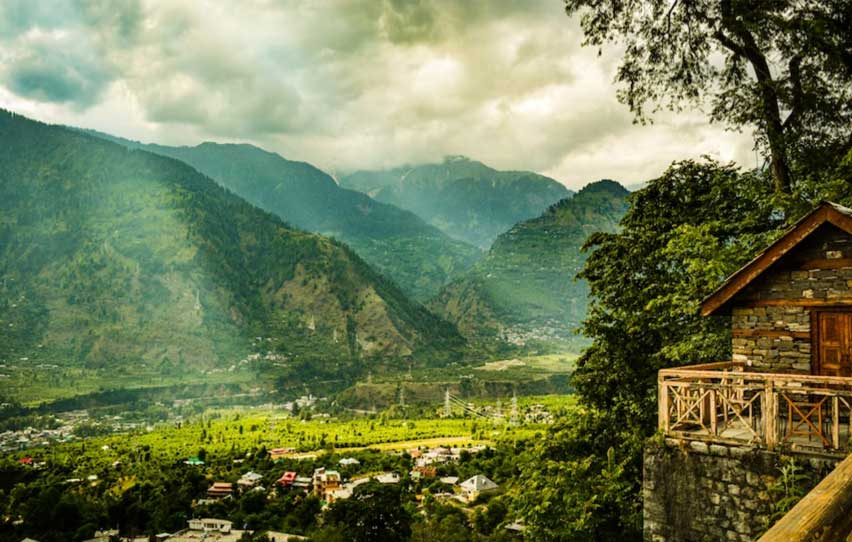

.jpg)

.jpg)

